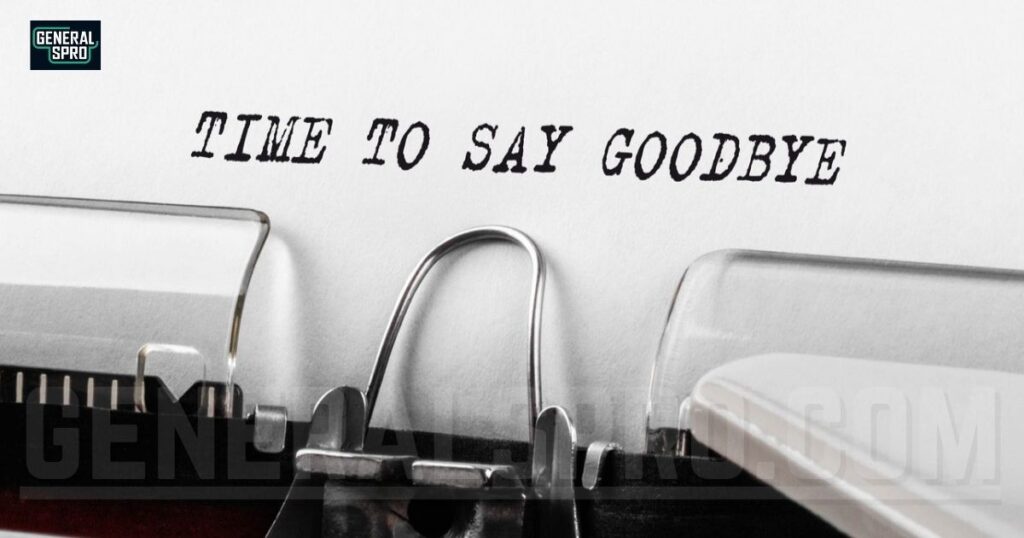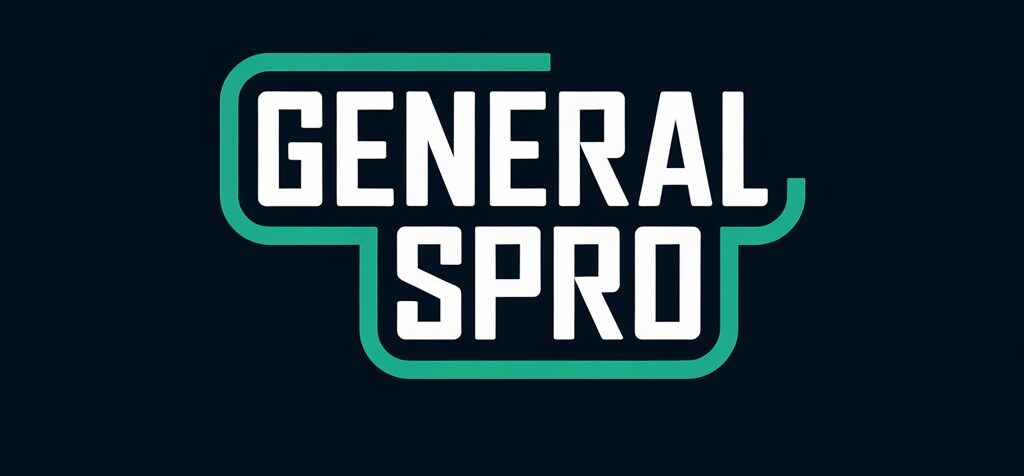In today’s fast-paced world, how we bid farewell matters more than ever. While “Have a nice day” has become a staple of American conversation, numerous creative and heartfelt alternatives can make our daily interactions more meaningful.
This comprehensive guide explores ways to express warm closing remarks and share positive parting words that leave a lasting impression.
Is It Professional to Say “Have a Nice Day”?

The phrase “Have a nice day” has deep roots in American business culture, dating back to the 1960s when it became a standard customer service closing.
While entirely professional, some consider it overly generic in today’s business environment. Modern workplace communication often demands more personalized expressions demonstrating genuine care and attention to the relationship.
In professional settings, the key is matching your farewell to the context. A casual “have a good one” might work perfectly for internal team meetings, while “wishing you all the best” could be more appropriate for client interactions.
The goal is to balance professionalism with authenticity, ensuring your parting words reflect your role and relationship with the other person.
What to Say Instead of “Have a Nice Day!”
This friendly farewell phrase is more active and engaging than its traditional counterpart. It suggests that the person has the power to make their day enjoyable rather than passively receiving good wishes.
This expression works particularly well in retail settings or after positive business interactions. For example, after completing a successful sale, “Thanks for shopping with us—enjoy your day!”
Wishing you a great day!
This alternative adds a personal touch to your parting words. It conveys genuine care and creates a warm closing remark that feels less automated than the standard phrase. It’s especially effective in email communications or after meaningful conversations.
Consider using it when concluding a productive meeting: “Thank you for your time today – wishing you a great day!”
Make it a good one!
This creative expression of good wishes empowers the recipient. It subtly acknowledges that we all play a role in shaping our daily experiences.
This phrase works well in casual business settings and among colleagues. It’s particularly effective when encouraging someone before a challenging task: “Good luck with the presentation—make it a good one!”
Have a wonderful day!
By replacing “nice” with “wonderful,” this everyday positivity phrase elevates the sentiment. It carries more enthusiasm and warmth and is ideal for customer service interactions or friendly professional relationships.
The word “wonderful” adds a touch of excitement without crossing into overly casual territory.
May your day be filled with joy!
This more formal alternative brings a touch of elegance to your farewell. It’s particularly suitable for special occasions or when you want to convey extra thoughtfulness.
This kind of phrase for well-wishing works beautifully in written communication or after celebrating significant achievements.
Have a fantastic day!
This phrase injects energy into your parting words as a cheerful goodbye message. It’s especially appropriate after positive interactions or when sending someone to an exciting opportunity.
The word “fantastic” conveys enthusiasm while maintaining professional appropriateness.
Hope your day is fantastic!
This casual way to say goodbye perfectly balances professionalism and warmth. It expresses genuine good wishes while maintaining appropriate boundaries.
It’s particularly effective in follow-up communications or when concluding positive interactions.
Make today awesome!
This modern alternative brings energy and encouragement to your farewell. It’s particularly effective with younger professionals or in creative industries where more casual language is the norm.
The active verb “make” emphasizes personal agency in creating positive experiences.
Wishing you all the best for the day!
This polite way to end a conversation adds a formal touch while maintaining warmth. It’s suitable for meaningful business relationships or when communicating with senior colleagues. The phrase conveys respect while still expressing genuine good wishes.
Have a delightful day!
This refined alternative adds sophistication to the standard farewell. The word “delightful” brings a touch of charm without being overly formal.
It’s especially appropriate in upscale business environments or with premium clients.
The Psychology Behind Farewell Expressions

Our choice of parting words can significantly impact both the speaker and recipient. Research in social psychology suggests that positive farewell expressions create lasting impressions and can improve mood for hours afterward.
Moving beyond generic phrases to more thoughtful expressions, we create meaningful connections that strengthen professional and personal relationships.
Cultural Variations in Well-Wishing
Different cultures approach the art of saying goodbye in unique ways. While Americans often favor direct expressions like “Have a nice day,” many European cultures prefer more subtle farewells.
Understanding these cultural nuances helps us navigate international business relationships more effectively and choose appropriate closing remarks for diverse audiences.
The Evolution of Professional Farewells
Business communication has transformed significantly over the past decades. What started as formal Victorian-era closings has evolved into today’s blend of professional warmth.
Modern workplace culture increasingly values authenticity, leading to more personalized farewell expressions that maintain professionalism while showing genuine care.
Impact on Customer Service Excellence
In the service industry, farewell expressions serve as the final touchpoint with customers. Studies show personalized closing remarks can increase customer satisfaction by up to 23%.
Businesses that train staff to use varied, sincere farewell expressions often see higher customer retention rates and improved service ratings.
Digital Communication and Farewell Phrases
Email, instant messaging, and virtual meetings have created new contexts for farewell expressions.
Digital communication requires careful consideration of tone and intent, as written farewells lack the nonverbal cues in face-to-face interactions. This has led to the development of new, context-appropriate closing remarks.
Industry-Specific Farewell Practices
Different sectors have developed their own farewell customs. Healthcare professionals often use empathetic expressions, while financial services maintain more formal closings.
Understanding industry norms helps professionals navigate sector-specific expectations while maintaining appropriate boundaries.
The Role of Timing in Farewell Expressions
The time of day significantly influences appropriate farewell phrases. Morning interactions warrant different expressions than afternoon or evening encounters.
Understanding these temporal aspects helps professionals choose more contextually appropriate closing remarks.
Building Rapport Through Personalized Farewells
Customizing farewell expressions based on shared experiences or previous interactions builds stronger professional relationships.
This personalization demonstrates attention to detail and genuine interest in the professional relationship, leading to improved business outcomes.
The Power of Positive Parting Words

Neurolinguistic research indicates that positive farewell expressions can influence both the speaker’s and the recipient’s mindset.
Choosing optimistic parting words affects immediate interactions and can create a ripple effect of positivity throughout professional networks.
Seasonal and Situational Adaptations
Different seasons and situations call for varied farewell expressions. Holiday periods, special occasions, and challenging times require thoughtful adaptation of standard farewells to acknowledge the context while maintaining professional appropriateness.
Training and Development in Professional Communication
Organizations increasingly recognize the importance of farewell expressions in professional development.
Training programs now include modules on closing remarks, helping employees master the art of appropriate and effective farewells across various business contexts.
Measuring the Impact of Farewell Expressions
Analytics in customer service environments have begun tracking the effectiveness of different farewell expressions.
This data-driven approach helps organizations optimize communication strategies and train staff in the most effective closing remarks.
Nonverbal Elements of Saying Goodbye
Body language, tone of voice, and facial expressions are crucial in making farewells effective.
Understanding these nonverbal components helps professionals deliver more impactful and sincere closing remarks in face-to-face interactions.
Farewell Expressions in Written Communication
Professional writing requires carefully chosen farewell expressions that translate well into written format.
Closing remarks in email signatures, business letters, and digital messages need to maintain professionalism while conveying appropriate warmth and respect.
Future Trends in Professional Farewells
Emerging communication technologies and evolving workplace cultures continue to shape farewell expressions.
Virtual reality meetings, artificial intelligence assistants, and global business practices create new contexts for professional goodbyes, requiring adaptive approaches to traditional farewell expressions.
FAQ’s
Is it appropriate to use emojis in professional farewell messages?
In most formal business settings, avoiding emojis in farewell messages is best. However, some casual workplace cultures may accept them in internal communications, though it’s wise to follow established company communication norms.
How can I make my farewell messages sound more genuine?
Personalizing your message by referencing details from your interaction and varying your expressions based on context helps convey authenticity. The key is matching your tone to the relationship while maintaining professional boundaries.
Should farewell messages change based on seniority?
Yes, communications with senior executives typically warrant more formal farewell expressions, while peer-level interactions can be more casual. Always consider organizational hierarchy when selecting appropriate closing remarks.
What’s the best way to end a challenging customer service interaction?
Even in difficult situations, maintain professionalism with a courteous farewell that acknowledges any resolution reached. A phrase like “Thank you for your patience today,” followed by a warm closing, often helps end the interaction positively.
How do I adapt farewell messages for international business contacts?
Research cultural norms for your specific audience and adjust formality levels accordingly. When in doubt, use more formal expressions until you better understand local customs.
Are there industry-specific farewell expressions I should know?
Different sectors often have preferred closing remarks – financial services tend toward formal expressions, while creative industries might use more casual language. Familiarize yourself with your industry’s standard practices.
How should I end virtual meetings differently from in-person ones?
Virtual meetings benefit from explicit, decisive closing remarks since technical delays can make casual goodbyes awkward. Consider phrases that definitively signal the meeting’s end while maintaining warmth.
What’s the best response if someone uses an unfamiliar farewell expression?
If you’re unsure about their farewell’s cultural context or meaning, respond with a similarly positive but generic expression like “Thank you, you as well,” maintaining professionalism while avoiding potential misunderstandings.
Conclusion
The art of saying goodbye presents countless opportunities to leave positive, lasting impressions. While “Have a nice day” remains a reliable standby, exploring alternatives can enhance your professional relationships and make your interactions more memorable.
Whether you choose to “send good vibes” or wish someone to “stay positive,” the key lies in matching your farewell to the situation while maintaining authenticity.
By expanding your repertoire of positive closing remarks and understanding when to use each one, you can ensure your farewells contribute to building stronger professional relationships.








